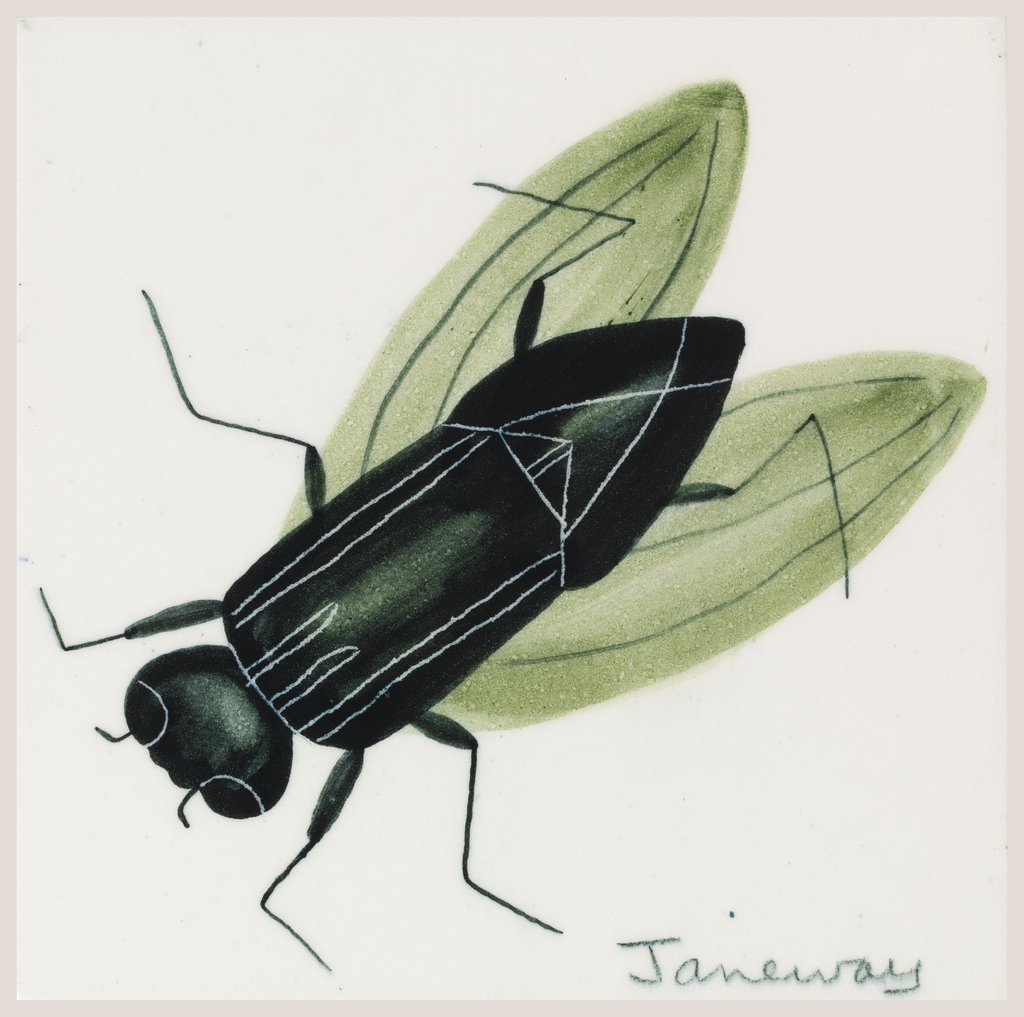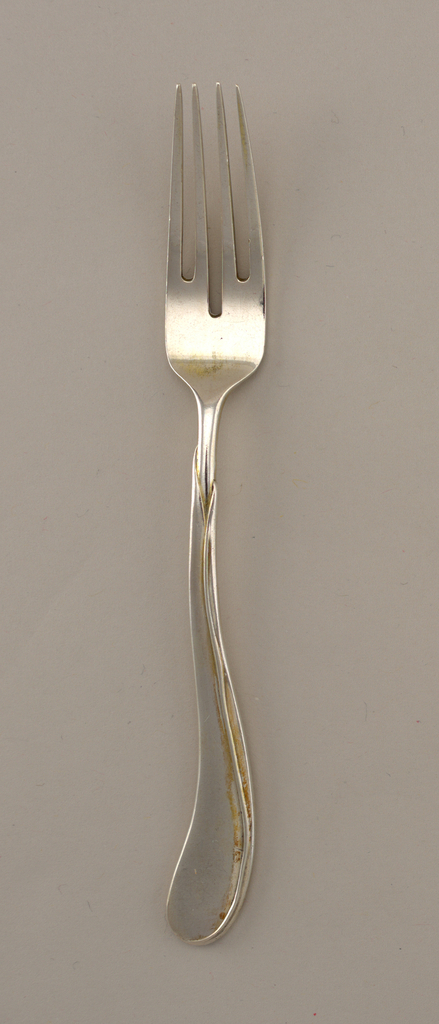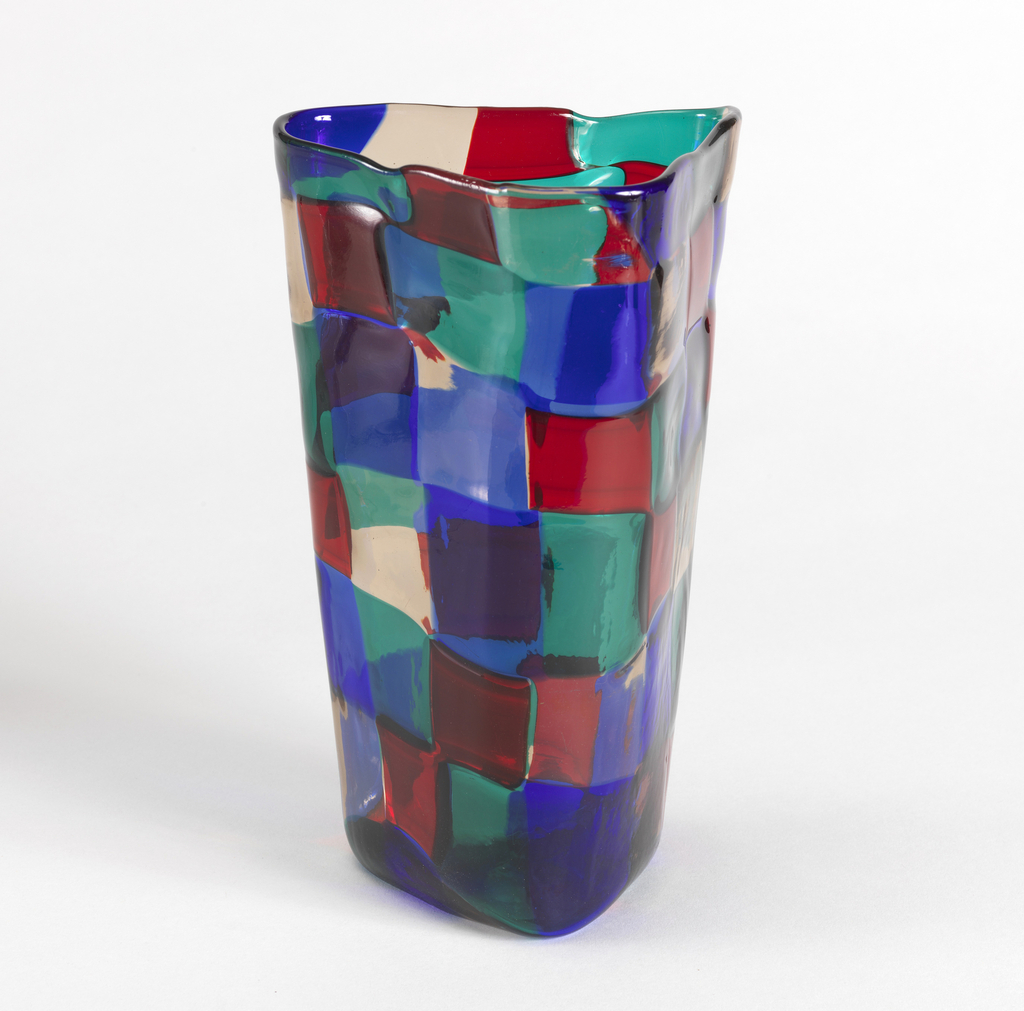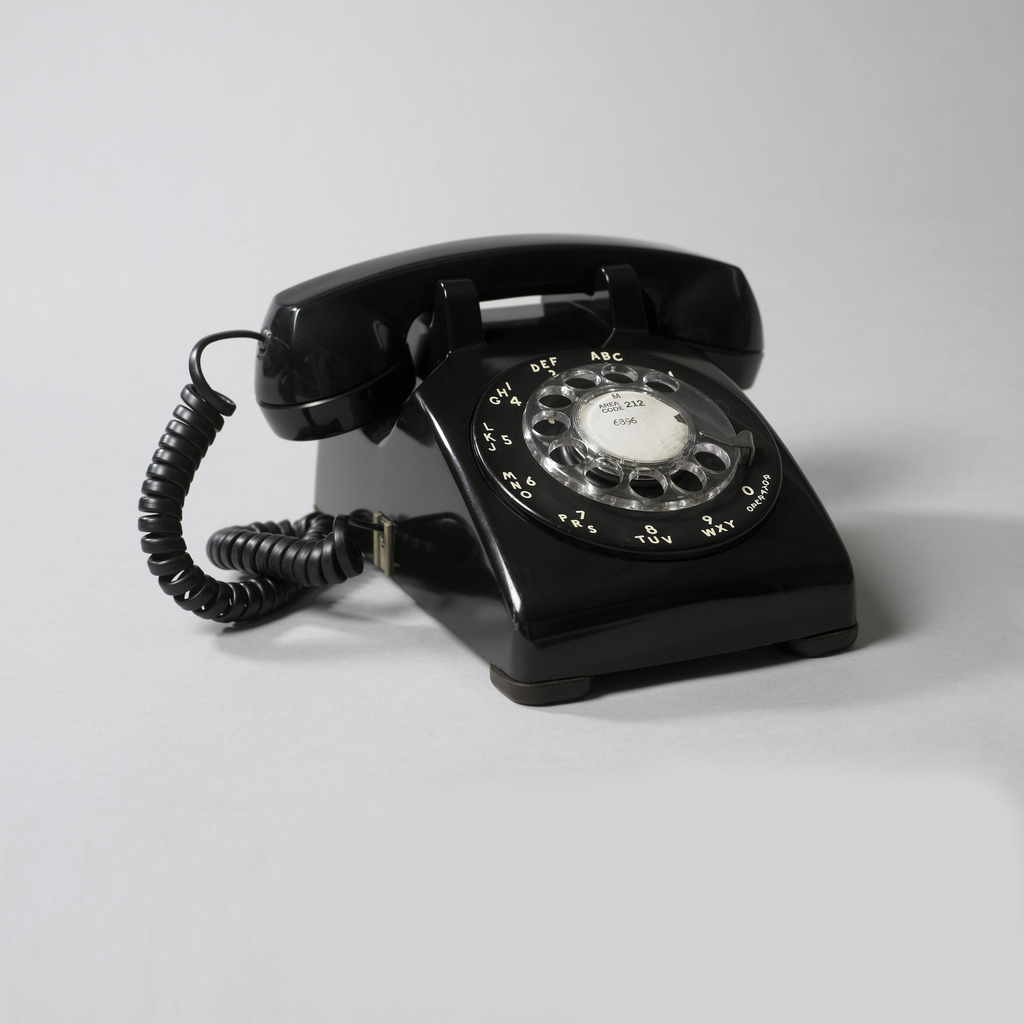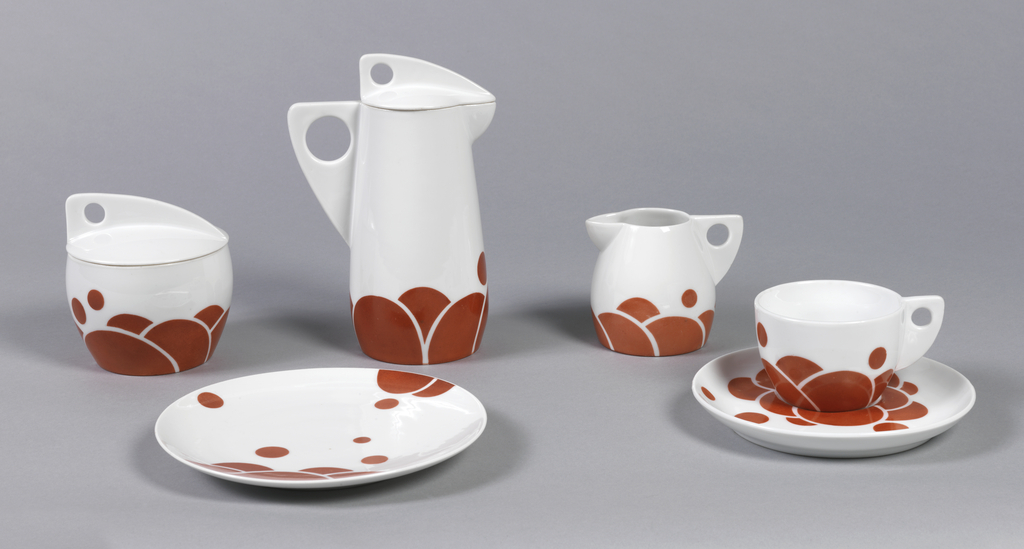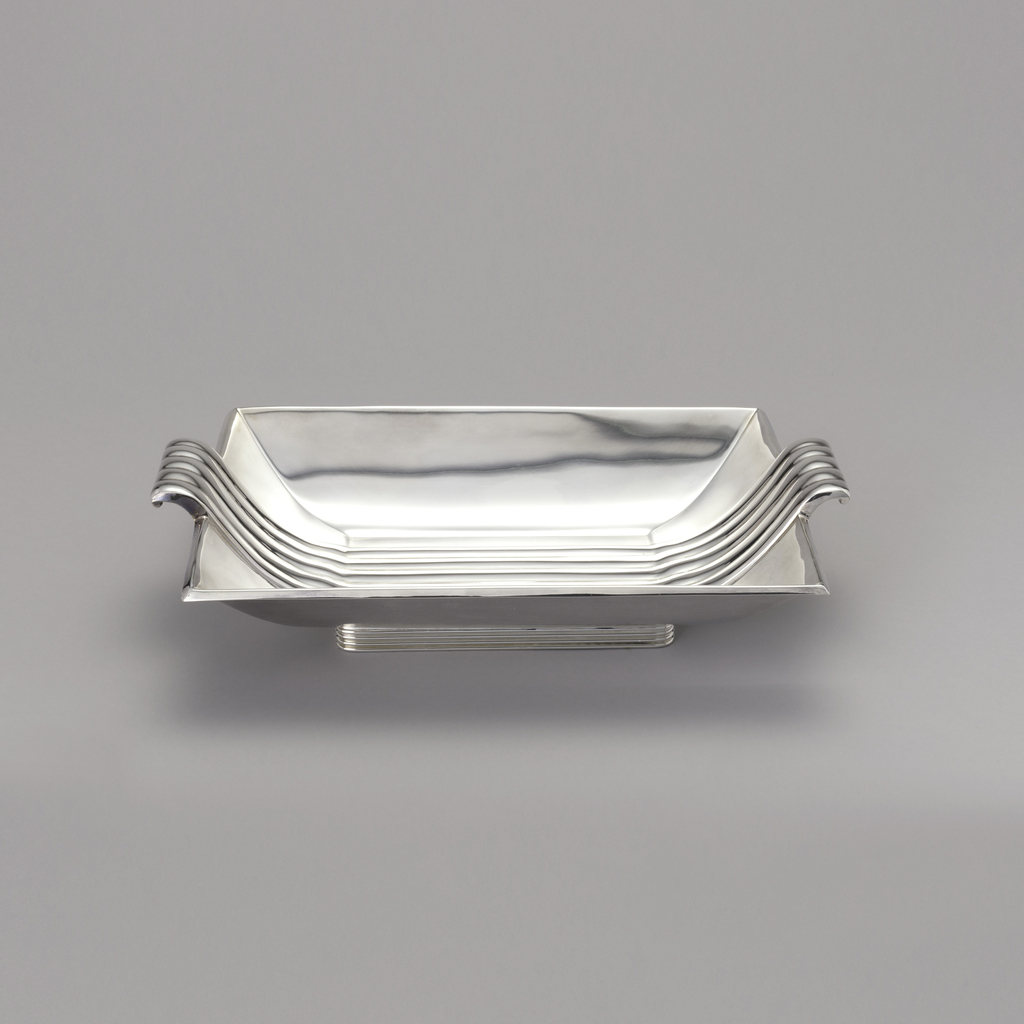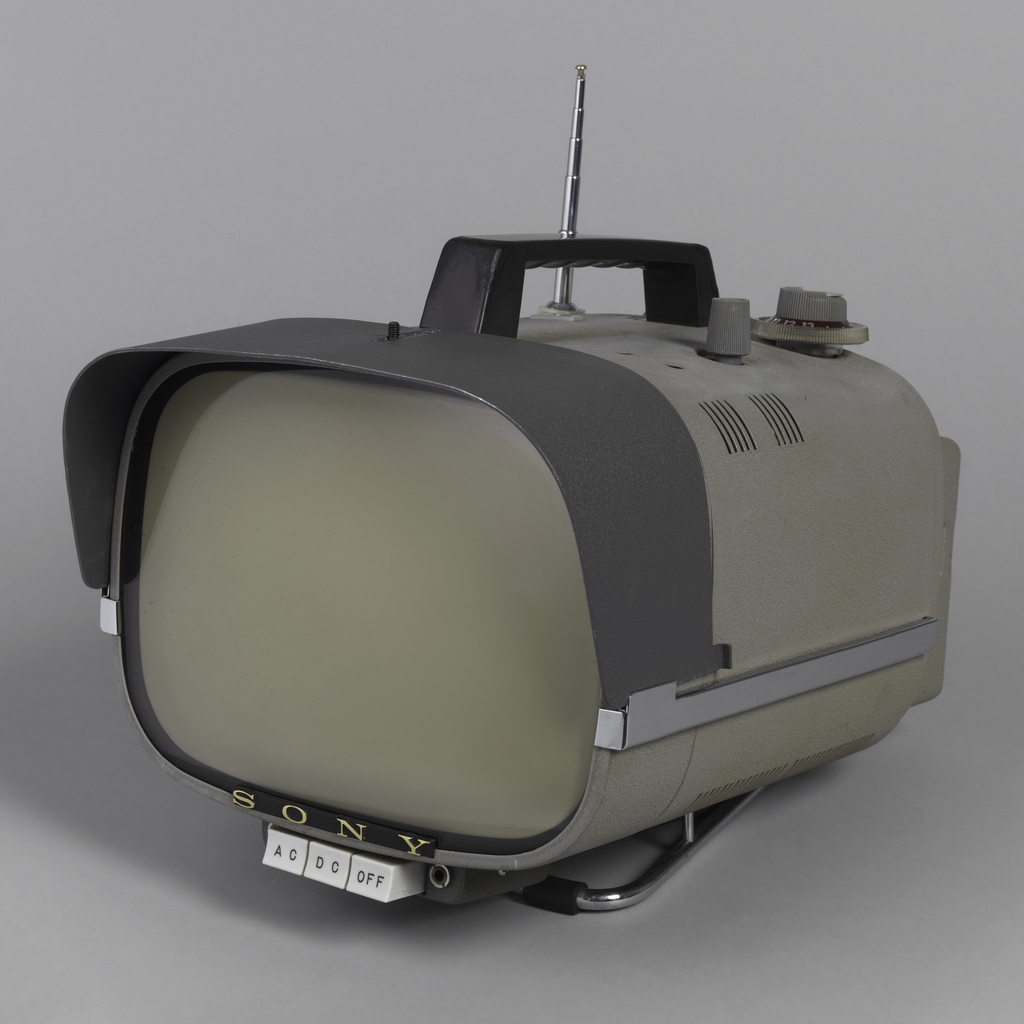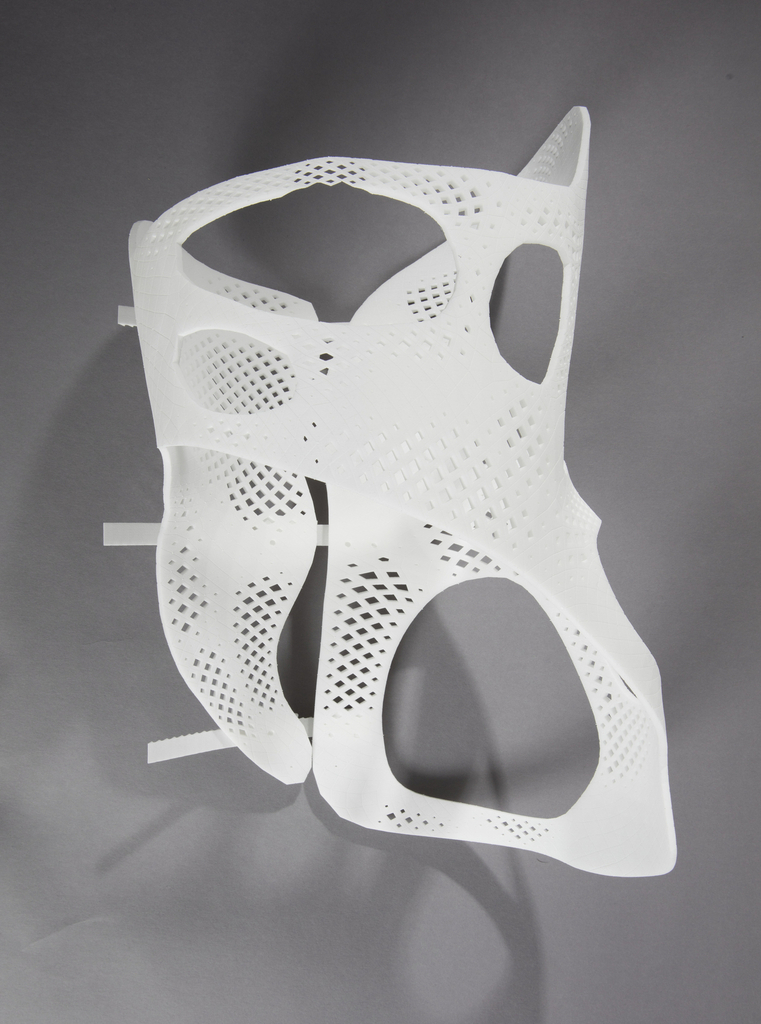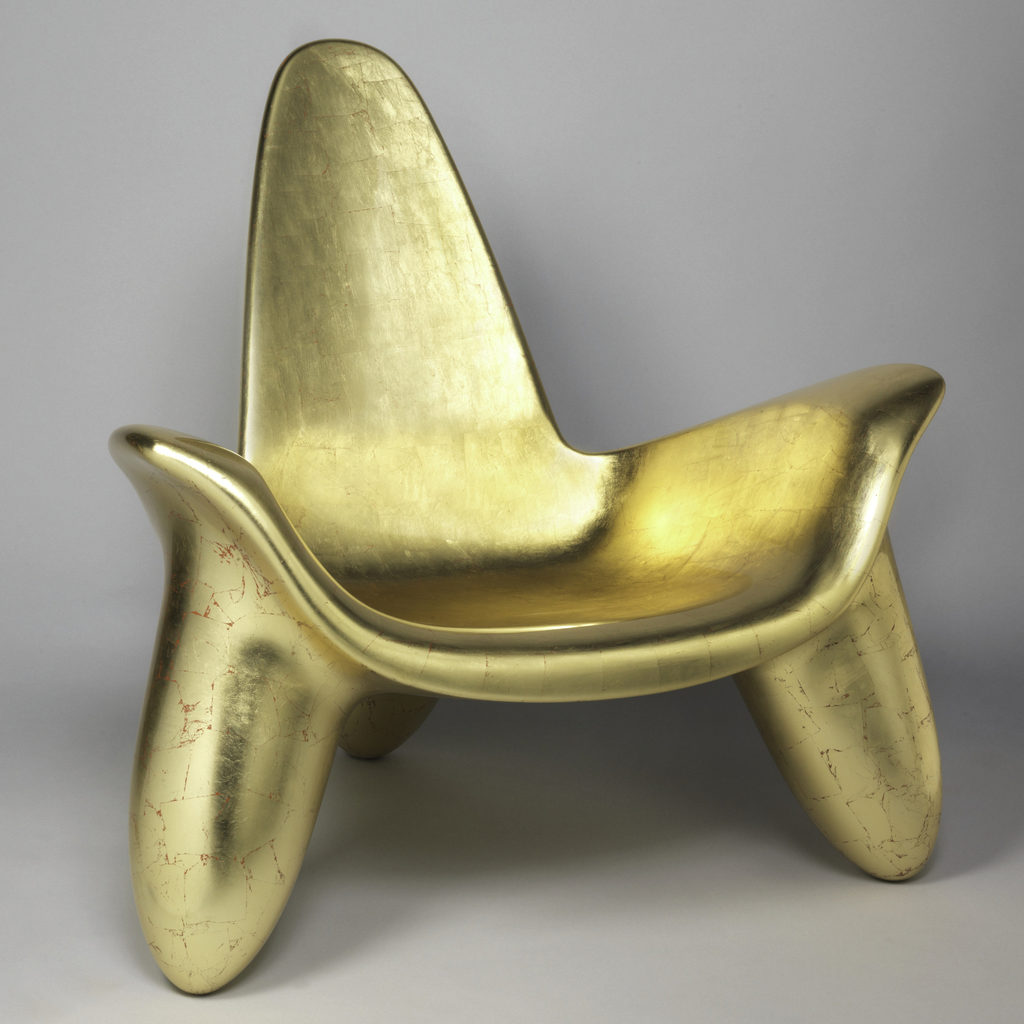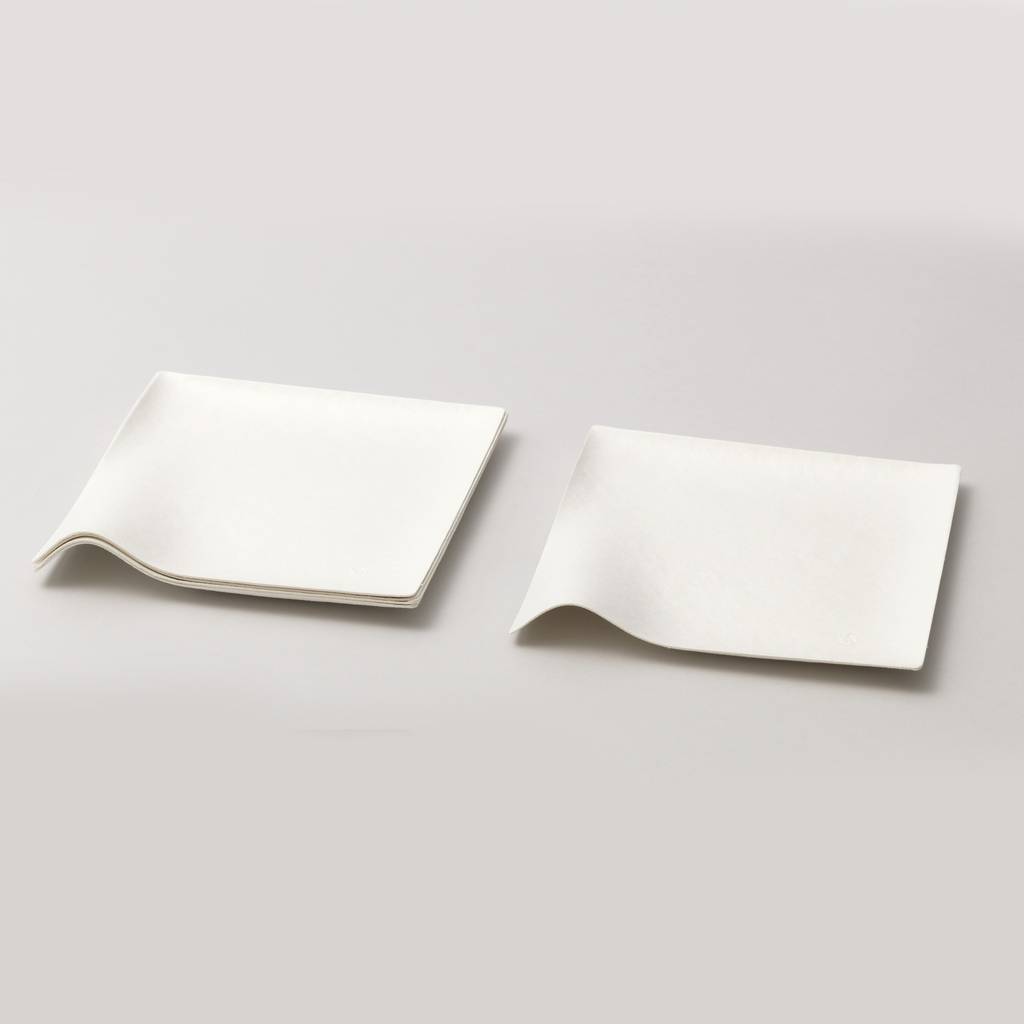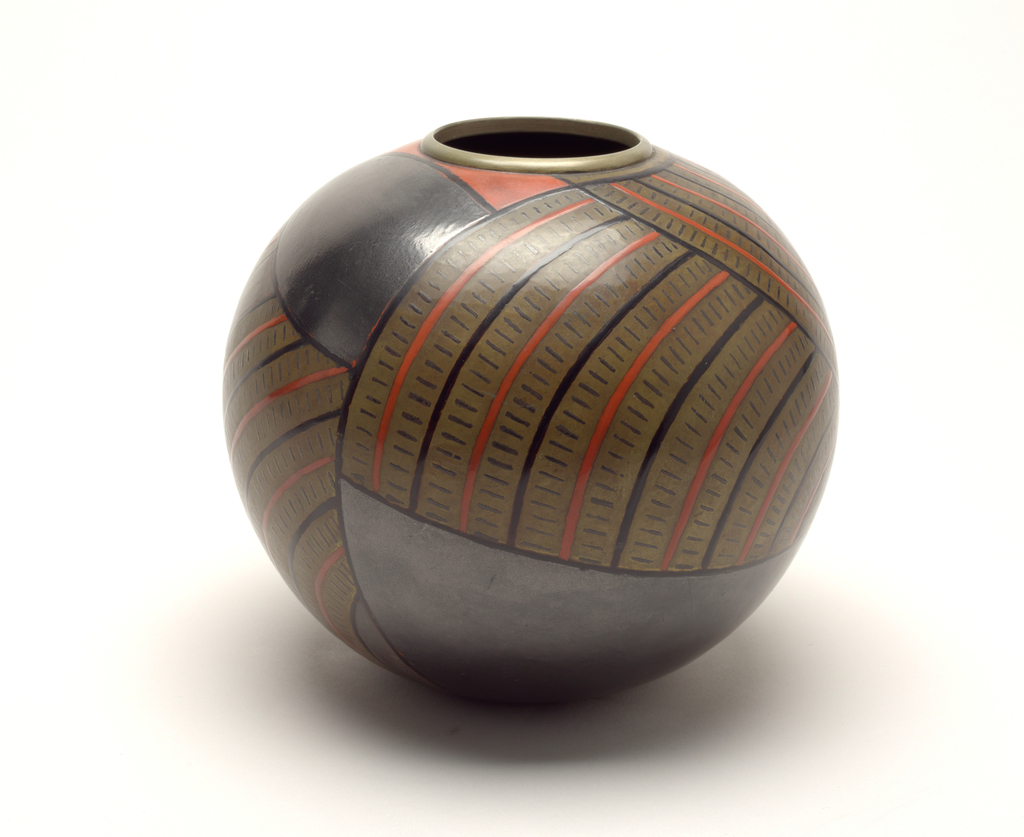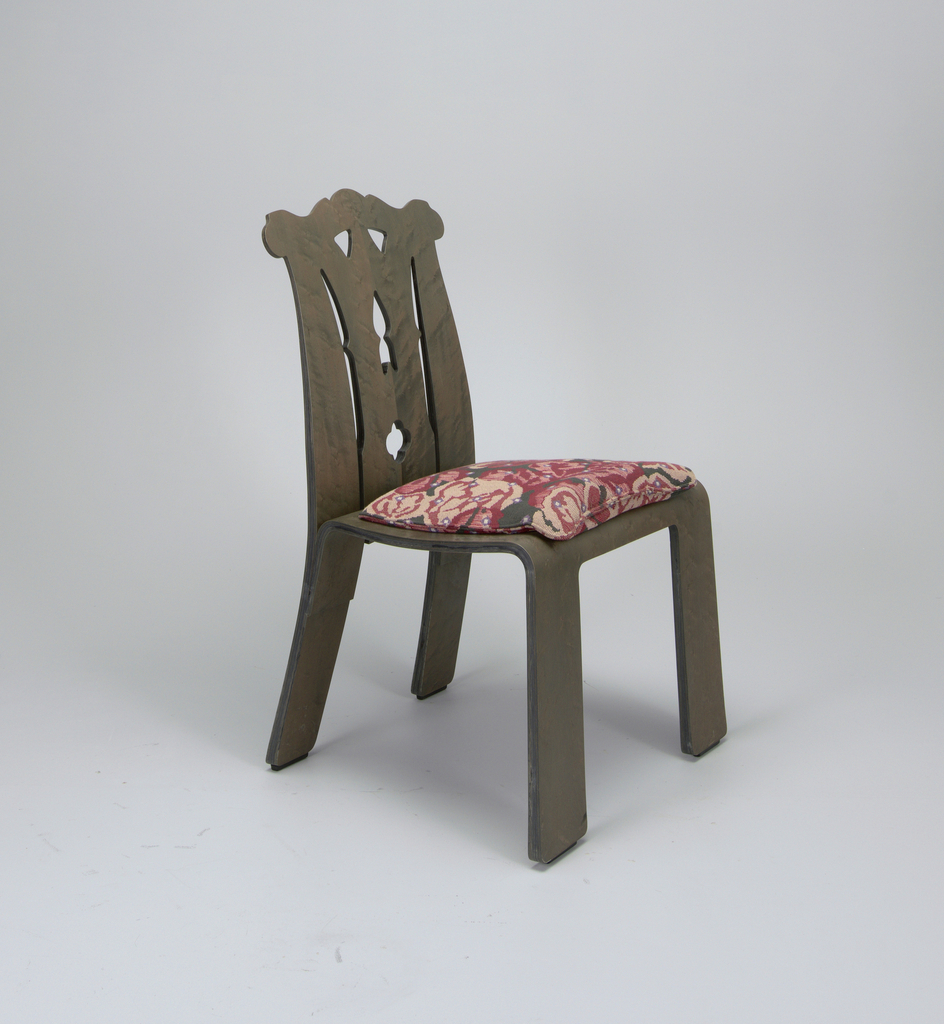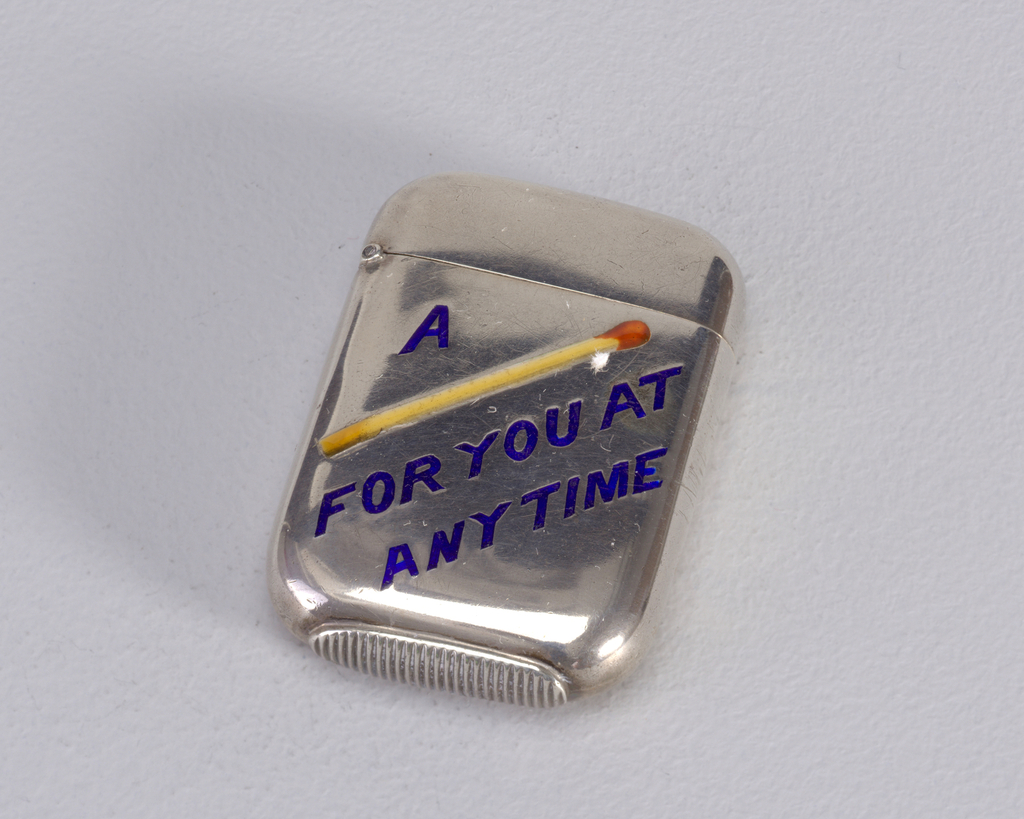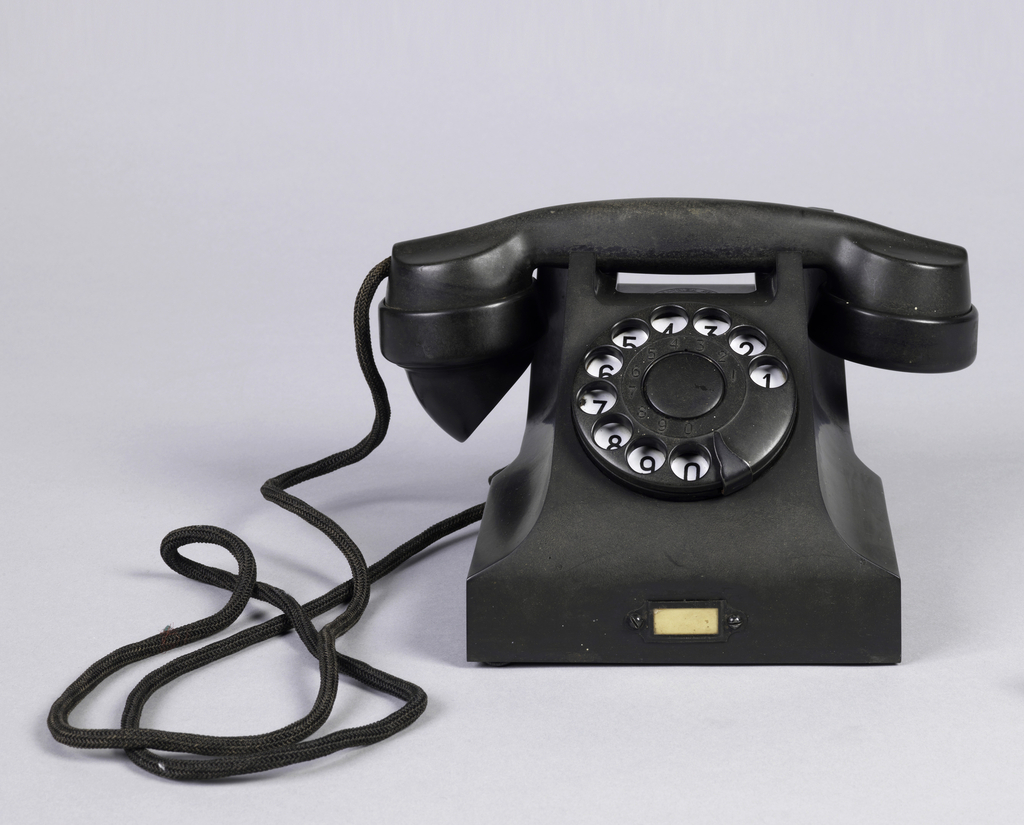Author: Victoria Jenssen I grew up with Carol Janeway’s animal-themed tiles in my parents’ home, but only since my parents’ death at the turn of this century did I start researching Janeway’s career. My family’s amusing tiles were leftovers from my father’s career of the post-war 1940s when he crafted Janeway-designed hardwood frames for her...
This silver dessert fork from the “Tulip” pattern, was designed by Henrich Vogeler in 1898-99, and produced by the firm of M. H. Wilkens & Söhn in Bremen, Germany. Vogeler’s Tulip pattern is one of the most graceful German flatware patterns of the Jugendstil period, and this particular piece shows the pattern well. Vogeler, trained as...
Author: Morgan Albahary Made in China around 1900, this small yet striking ornament depicts a delicate butterfly alighting on the plush petals of a blossoming flower. With its profusion of iridescent kingfisher feathers, which have been deftly cut and inlaid into delineated segments of silver sheet, the ornament’s materiality firmly grounds it within the tradition...
To celebrate the opening of Saturated: The Allure and Science of Color (May 11, 2018-January 13, 2019), Object of the Day this month will feature colorful objects from the exhibition. This post was originally published on January 1, 2013. Murano, an island located just north of Venice, Italy, in the Laguna Veneta, has been a glass-making center since...
In celebration of our new exhibition, The Senses: Design Beyond Vision, this Object of the Day post explores the multisensory experience of an object in Cooper Hewitt’s permanent collection. Today’s blog post was written by Cynthia Trope and originally published on March 7, 2013. If you grew up in America in the mid-1950s – 1980s, you no doubt...
In celebration of Women’s History Month, March Object of the Day posts highlight women designers in the collection. Today’s blog post was written by Adriane Dalton and originally published on September 17, 2013. Born in 1877, Jutta Sika was an Austrian designer working in a variety of different media. Sika received formal training in both...
In celebration of Women’s History Month, March Object of the Day posts highlight women designers in the collection. Today’s blog post was written by Andrea Osgood and originally published March 31, 2014. In the late 1920s, industrial design began to emerge as a viable field in the United States. Because of the Great Depression, there...
Wow! I remember thinking that as a youngster, when I first saw the slightly flickering black and white picture on the Sony portable TV at a friend’s house—on the patio. That was the last place I could imagine anything like a television, something I had previously experienced only as a piece of furniture in people’s living...
In celebration of the museum’s inaugural Cooper Hewitt Lab: Design Access taking place in the Barbara and Morton Mandel Design Gallery through February 15, we are highlighting innovative accessible design from the permanent collection. Designed to help prevent further curvature of the spine, UNYQ Align is an elegant and fashionable scoliosis brace that combines digital...
The celebrated American designer Wendell Castle was known as the "father of the art furniture movement."
This simple plate is part of a large collection of disposable tableware designed by Shinichiro Ogata and produced by Wasara in Japan, with sustainability in mind. Made from a pulp consisting of biodegradable and compostable reed, bamboo and bagasse (a byproduct of sugarcane processing), these delicate looking yet durable wares take myriad forms, which allow...
Cynthia Trope discusses the intricate metalwork and lacquer work in this Jean Dunand vase.
Since the publication of his 1966 treatise, Complexity and Contradiction in Architecture, architect Robert Venturi has been considered one of the founders of Postmodernism. Venturi challenged the modernist prejudice against ornament and traditional decorative styles, and questioned the maxim “form follows function.” The Chippendale Chair is one of a series of nine chairs in historical styles he...
Matchsafes came into being when wooden friction matches were invented in the middle of the nineteenth century, and were widely used until the 1930s, when safety matches, matchbooks, and gas-powered lighters became more popular. Early friction matches were somewhat unreliable, highly combustible and could light spontaneously in a pocket. In order to protect them from moisture and...
Informally known as the Bakelite telephone, the sculptural Ericsson DBH 1001 was a groundbreaking design that set the standard for the shape of the modern plastic telephone. The telephone was a collaborative project between the Electrisk Bureau of Oslo, Norway and the Swedish firm LM Ericsson and Televerket. In 1930 Ericsson hired engineer Christian Bjerknes...
